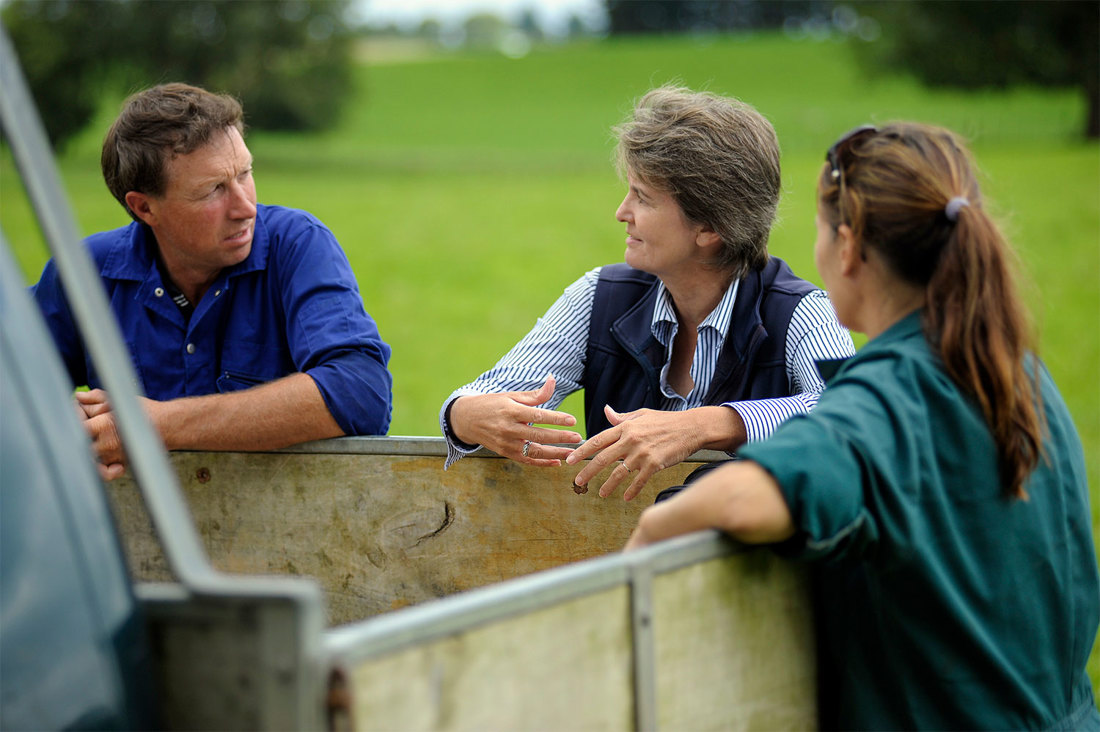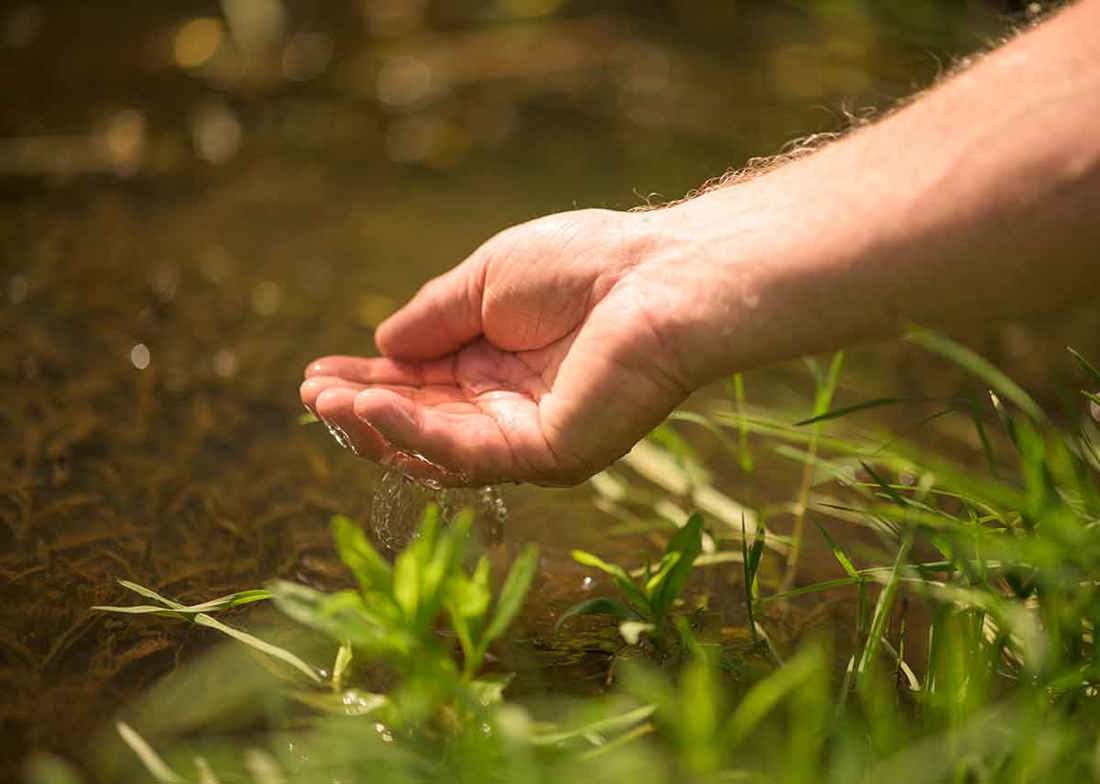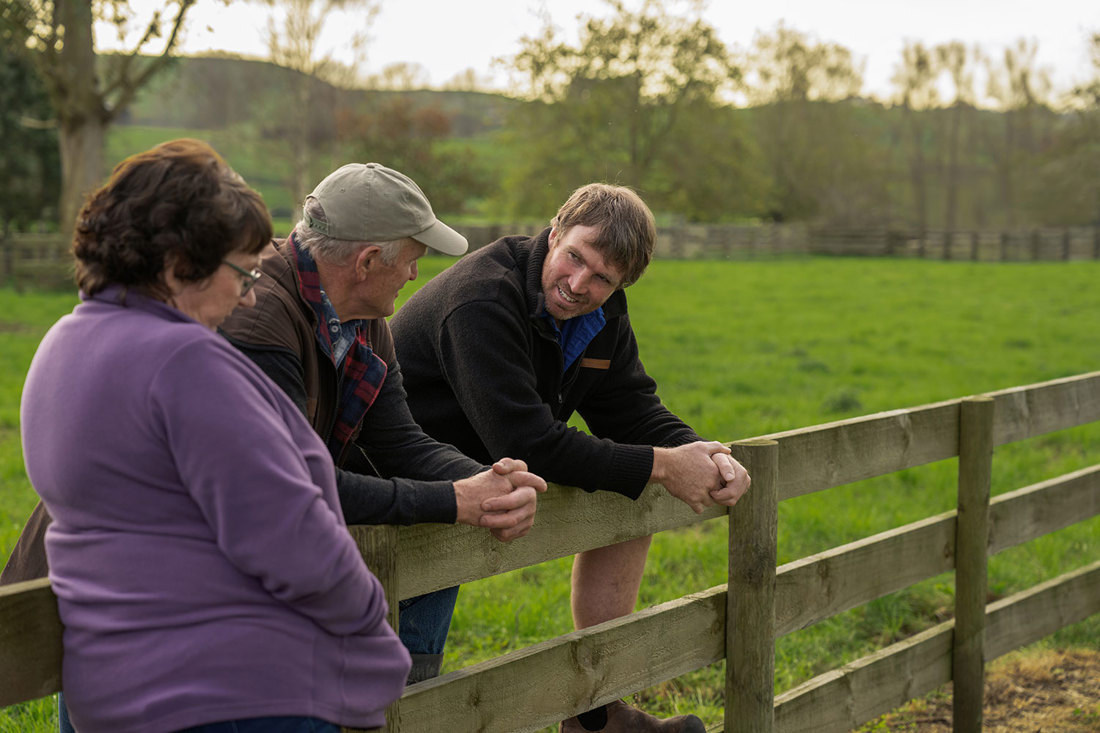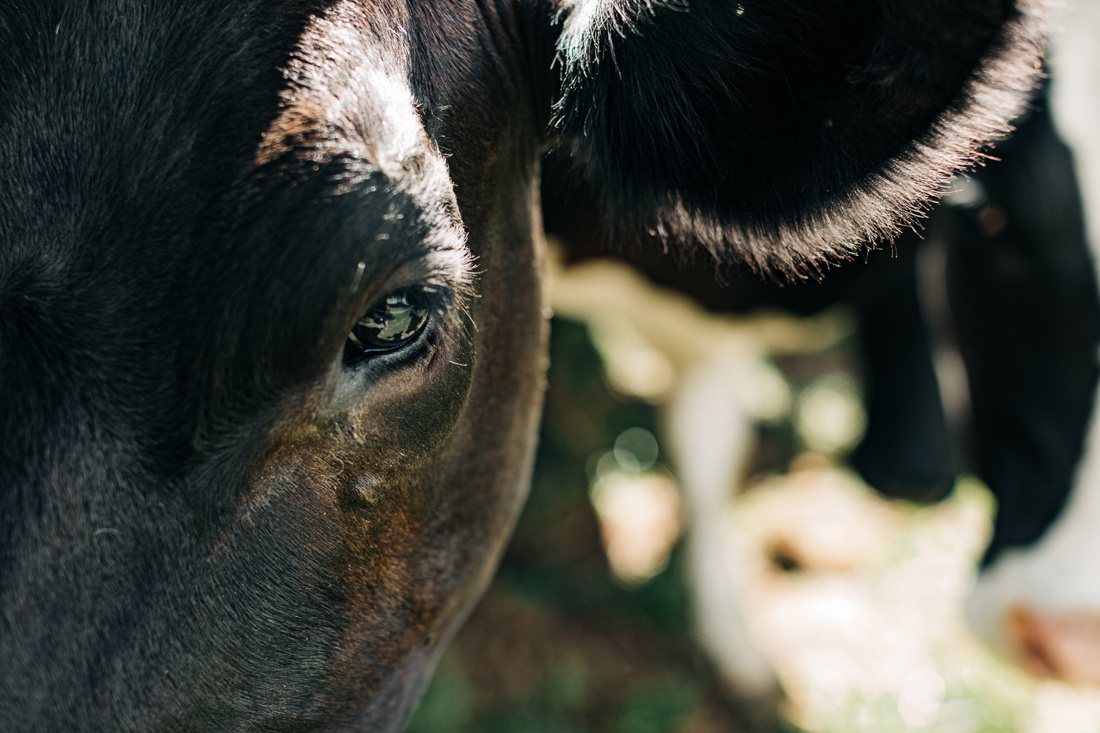Plan Change 1 (PC1) will land at the doors of Waikato/Waipa farmers in 2026, changing the way land is managed in the Waikato/Waipa catchments.
Waikato Plan Change 1 (PC1) will set rules for agricultural land use to improve water quality in the Waikato and Waipā catchments. Waikato Regional Council (WRC) first notified PC1 in 2016, and following the Council Hearing, a decision was released in April 2020. The process is currently in the final stages in the Environment Court, with farmers expected to undertake actions to comply over the first 12 months post PC1 landing. The release of central government policies since 2020 (farm plans, winter grazing and stock exclusion rules) has had an impact on some of the content of the Plan and caused delays.
DairyNZ has played a leading role in influencing more practical and workable outcomes for dairy farmers since 2012, from the initial collaborative stakeholder working groups through to the environment court evidence and hearings. If unchanged, the proposed plan change could have had significant implications for farmer consenting and farm plan requirements, as well as minimum standards which need to be met on farm.
General information about PC1 is available on the WRC website.
What DairyNZ is doing
DairyNZ has been involved since the start of the consultation process through to our appeal of the ‘decisions version’ released in April 2020. Following lengthy rounds of mediation, we submitted evidence from several of our experts, including water quality scientists and farm systems specialists, and we funded legal and planning support for a joint case together with Fonterra. Our evidence has aimed to reflect and recognise the work dairy farmers have done for water quality to date, and ongoing commitments to improve environmental outcomes.
The Environment Court released an interim decision in late May 2025, which provided parties with decisions around some of the key farming issues. DairyNZ has not achieved everything we asked for, but the plan is now more workable and practical and better placed to achieve the outcomes set out in the vision and strategy for the Waikato, Waipa rivers.
What this means for you
There are several key resolutions we have identified in the court’s decision which is an interim decision stemming from months of evidence, hearings and negotiations with the courts, and other parties involved.
Resource Consent Requirements
Many dairy farmers will require consents under the proposed plan change. The decision on this has changed because of our influence. The consenting status of some higher intensity farms moved down into the controlled activity status, removing the ability for council to decline such consent. This is a practical middle ground from where the plan change started, with farmers potentially falling into discretionary activity status which could be declined, leaving them with little certainty.
Drafting gate for who requires a consent
Under the initial proposal, decisions on whether a consent was required relied on Overseer nutrient budget outputs. In turn, a farmer’s consent status determined which rules applied to the farm. While a “drafting gate” approach remains, the court has determined that this can be done using the Nitrogen Risk Scorecard (therefore drafting a farm into a permitted or consented rule). This reduces the cost for farmers to determine their activity status, which previously occurred using Overseer run by a suitable qualified person. The NRS utilises known data through your annual reporting. This also sets a valuable precedent for other regions considering reductions of nutrients via a drafting gate for activity status.
Stock exclusion
One of the more significant tools of PC1 is the regulations around stock exclusion. There have been several changes to these provisions since the original drafting of PC1. Dairy farms are required to exclude stock from all waterways with a staged approach available under a farm plan. We have maintained protection for existing fencing which may not be setback to the required standard that new fencing needs to meet (3 meters for most waterways), recognising the costs farmers have invested to date.
Nutrient management/diffuse discharge risk
The Plan’s focus is on the four main contaminants of concern in the catchment: nitrogen, phosphorus, sediment, and E. coli. Through a freshwater farm plan and via Overseer for consented farms, farmers will be required to demonstrate a reduction of overall risk from their current state. Wording like “as low as practicable” will determine how far a farmer would need to go. This is better than previous iterations tested, which would have required specific reductions via Overseer (reduce from xkg to Ykg of N).
Freshwater farm plans
During the national adoption of farm plan requirements, DairyNZ, alongside other sector organisations, has been advocating to ensure farmers only need one plan, not a regional and national version of a farm plan.
Additional requirements
- If you are in the Whangamarino catchment, you have a specific resource consenting process.
- If you are undertaking land use change, there are specific resource consent requirements. These land use change restrictions are in place now, and any farm converting land use from pines to pastural farming, or dry stock to dairy, needs a resource consent.
- If you are a mixed land use system, you will need to pay close attention to the definitions and rule status to ensure you are meeting the required regulations.
What are the next steps?
A final decision by the Environment Court is likely to be released later in 2025. DairyNZ will be working with WRC and supply companies to ensure farmers are aware of the requirements and timeframes that come with the decision. Over the first 6-12 months of PC1, farmers should be prepared for the following:
- All properties over 4.1 ha are to register their property and farming details with the council.
- To determine if you need a consent, dairy and drystock farms are to review their current farm intensity in comparison with the limits in the drafting gates. This is the Nitrogen Risk Scorecard for Dairy farms.
- Those farms under the drafting gate threshold can operate as a permitted activity, but first need to review the permitted conditions to determine whether they can farm under such limitations without exceedances. If you envisage these being exceeded, a consent may be preferred.
- Farms requiring a resource consent must find out the timeframe in which they need to have their consent and farm plan to council. The phased rollout of consents depends on your catchment and will be listed in the plan once released.
Questions on this topic?
Contact: Shaun Hazelton
Senior Regional Policy Advisor
Shaun.Hazelton@dairynz.co.nz




